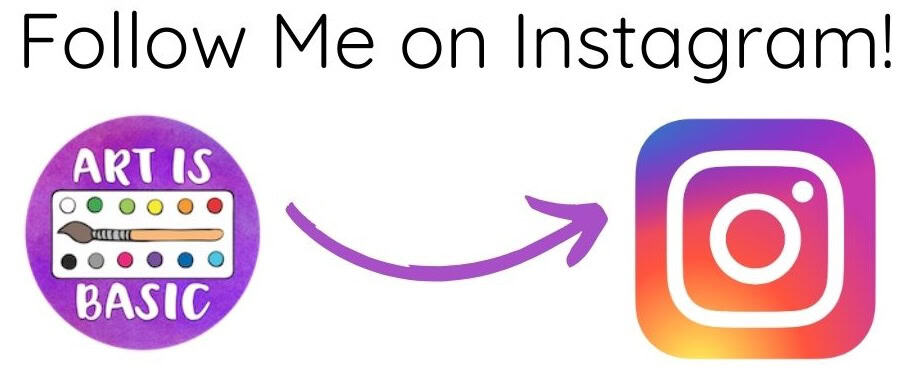I wanted to explain to you how our art class periods are structured. Students have art twice a week for 40 minutes. Typically, we start with a 5 minute art warm up drawing in a sketchbook. Then we move to instruction, demonstration, art history or literature connections. Finally, for the majority of the time, the students work on their artwork. Students work at all different paces. Some students work very quickly and others take as much as double the amount of time or longer to complete an assigned project. When there is remaining time in the class period, students have the opportunity to create independent art.

A third grader enjoys drawing her own “anthropomorphic” objects, probably inspired by Shopkins. Love these!
Students in my art classes also have the opportunity to earn choice days where they have centers and open choice in media and subject. By far, the majority of art class at my school is structured, with specific planned media & techniques, learning goals and whole-class curriculum objectives (TAB classrooms have curriculum goals and objectives too but, from what I understand, the difference is that students can choose media, techniques and subject matter to reach these goals.) I try to plan for lessons that give the students some freedom and choice to take their projects in their own direction and with their own ideas. For example, you can see how my students made Artist Trading Cards for a swap. They all learned some collage techniques and were limited by the size requirements, but all of the cards look completely different and each artist has made the card with their own ideas and imagination.
During independent art time, materials are available such as magazines, markers, oil pastels, patterned and construction paper, modeling dough, coloring design sheets, building toys and sometimes recycled materials such as wood pieces or cardboard tubes.

A group of 2nd graders works together to build an architectural design of a castle. This took cooperation!
There is great value to independent and exploratory artmaking. Many kids do not have time in their busy days to simply relax, play, imagine their own ideas and use art to express their feelings. There are many benefits to approaching art with student-led projects.
1. Creating personal art requires problem-solving and decision-making.
2. Students develop their own sense of innovation and the confidence to move forward on their own.

This stuffed giraffe was made by a 6th grader who started it during class and then took it home to finish on her own.
3. Exploring with different media allows students to know the qualities of art materials and discover new ways of using them on their own.

4. It enhances their ability to communicate by expressing a personal idea through art and talking about their ideas with others.

5. Student-led projects give kids a sense of ownership and control.
6. It encourages them to think of the arts as including investigation, discovery, play and cooperation.

7. While talking about and working together on student-driven projects, children develop social-emotional skills and the ability to get along with others.

Two first grade girls enjoyed exploring the qualities of water-soluble oil pastels. They created this stunning abstract picture by themselves!
8. Students will learn that all artists go through experimental stages. Not every art experience needs to result in a frame-able masterpiece. The process and the experimentation IS the learning.
There are some art classrooms that run entirely with student chosen art projects. This teaching philosophy is explained at the TAB website.

One student has made many little booklets and books using patterned paper, cardstock and duct tape.


Credits:
How We Teach the Arts is As Important As the Fact We’re Doing It
The Value of a Choice-Based Arts Education
This is a great poster from Create Art With Me. You can download the full size version from her website.

Discover more from Art is Basic | Elementary Art Ideas
Subscribe to get the latest posts sent to your email.




























Pingback: Blogging Basics, Part Two: Choosing a Blog Name and Getting Ideas – Art is Basic | An Elementary Art Blog